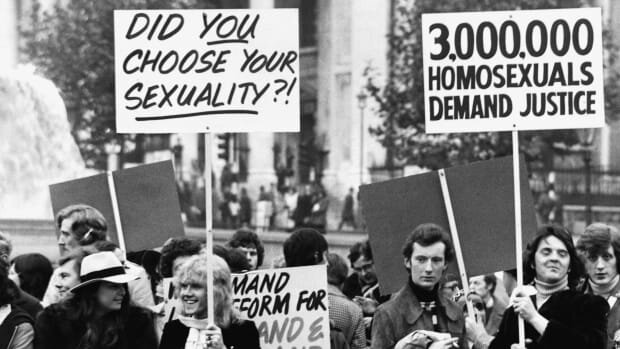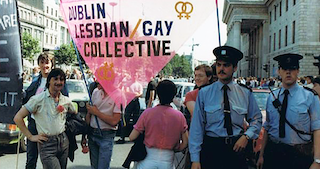Everything you need to know about Pride
Pride is an annual celebration of diversity and the LGBTI+ community, in which everyone can get involved and support. Pandemic or not, many events have been taking place this year.
Ever wondered why pride is so important?
Why pride month is celebrated in June?
What is Irish pride?
read on…
Its symbol is the rainbow highlighting that Pride is for everyone; every colour, every background, every ethnicity, every gender. We’ve come so far since the origins of it in the late Sixties, but news this week of the controversy over a new Hungarian law banning LGBTQI+ references for minors has rightfully sparked outrage and is a reminder that we need to highlight the importance of celebrating Pride as a symbol of an inclusive society.
How pride began - the origins
The origins of this annual event are more political rather than celebratory. Pride started off as a response to a police raid on a pub that was popular with members of the LGBTI+ community in New York in June 1969.
Located in Greenwich Village in Manhattan, the Stonewall Inn was beloved by members of the LGBT+ community. At that time, members of the LGBT+ community and establishments such as the Stonewall Inn were monitored by the authorities, and controversially, a number of state laws sought to curb what was seen as transgressive behavior. That day a movement began. Patrons fought back and took to the streets in protest of police behavior.
A year later, the group then held the first Gay Pride march in the city.
In Ireland, in the 1970s there was an annual picnic held in Merrion Square to raise awareness and support of the Stonewall Riots to Dubliners.
This year 2021, marks 50 years since the event, and commemorative events are planned in New York to mark it, including the erection of a monument of Trans Icons Marsha P. Johnson and Sylvia Riverato near the Stonewall Inn.
The first Irish Pride Events
On June 27th, 1974 ten people marched from the Department of Justice in St. Stephen’s Green to the British Embassy to protest the criminalisation of homosexuality (under the Offences Against the Persons Act), which dated back to the Victorian Era. Ireland’s first Pride Week was held from June 25th to July 1st, 1979 organised by the National Gay and Lesbian Federation, in solidarity with the Stonewall Riots that occurred years before.
In March 1983, the first large-scale LGBTQ+ protest march took place in Dublin, organised in response to the release of five men who brutally murdered Declan Flynn in a homophobic attack, in Fairview Park. Then on June 25th that same year, June 25th 1983, the National LGBT Federation organised the first Gay Pride parade in Ireland. Over 200 people walked from Stephen’s Green to the GPO on O’Connell Street.
Even after all this, it wasn't until 10 years later, in June 1993, that Dáil Éireann passed legislation to decriminalise homosexuality but it was seen nevertheless as a monumental moment for the country, alongside the more recent event when same-sex marriage was made legal.
The Flag
“each colour has a meaning: red for life, orange for healing, yellow for sunlight, green for nature, blue for serenity, and violet for spirit.”
Now a worldwide symbol of inclusivity, the original eight coloured rainbow flag was designed by Gilbert Baker and flown at Pride March in 1978.
However, due to fabric shortages, two stripes – hot pink and turquoise – were dropped resulting in the flag we see today: red, orange, yellow, green, blue, purple.
Hope this article was helpful in giving you quick history of Pride, leave us a comment if you would like to know anything else.



